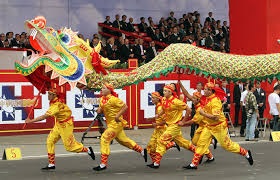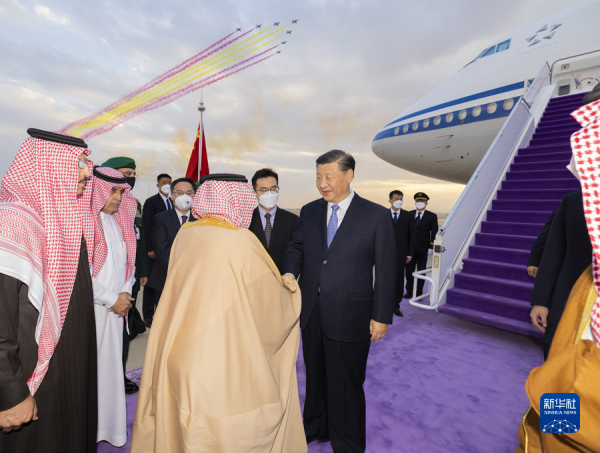The dragon dance, also known as longwu (龙舞) or longdeng (龙灯), is a traditional Chinese dance performance involving a team of performers using poles to rhythmically move a dragon prop. The dance is performed during Chinese festive celebrations such as Lunar New Year and the Mid-Autumn Festival, as well as other special occasions. The dragon dance originated in China but has since spread to countries like Singapore.
The dragon dance is closely associated with the Chinese tradition of worshipping dragons. The dragon is considered to be one of the most auspicious creatures in Chinese culture, along with the phoenix, kylin (a mythical creature in Chinese folklore that has horns on jts head and scales on its body) and tortoise. Chinese dragons are believed to have control over water, rain, hurricanes and floods. They also represent power, strength and good luck. The Chinese believe that performing the dragon dance during festivals and celebrations drives away evil spirits and ushers in good luck and blessings for the community.

The dragon prop used for the dance varies in length, and typically ranges between 14 m to 54 m. It comprises three main segments: the head, body and tail. The dragon’s body is usually divided into sections of odd numbers of 9, 11 and 13, but can go up to as many as 29. By connecting these sections, the body of the dragon becomes flexible enough to twist and turn during a performance. The dragon head is commonly depicted with glaring eyes, an open jaw with a long, red pointed tongue, horns on its head and a white beard along the fringe of its chin. In Singapore, a dragon 136.8 m in length and consisting of 49 sections was created by the Singapore Dragon and Lion Athletics Association in 1988. It entered the Guinness World Records as the world’s longest dragon prop.
The dragon prop can be made from different types of materials and is named according to the main material used in its construction. It can be made from cloth, paper or bamboo, and referred to as a bulong (布龙), zhilong (纸龙) or zhulong (竹龙) respectively. If the dragon prop can be lit up from the inside like a lantern, it is known as a longdeng (龙灯), or “dragon lantern”. Materials used in constructing the dragon prop have changed with technological advancements. The longdeng is now coated with fluorescent paint and lit up with light bulbs instead of candles for a more striking look.
Sources:
Erosources
 Welcome to China in Middle East Bridging the Gap Between China and the Middle East
Welcome to China in Middle East Bridging the Gap Between China and the Middle East




